
3 perspectives on the importance of equity-focused work.
At Arcora Foundation, partnerships power our work. We collaborate with people across Washington state to further our mission to bend the arc of oral health toward equity.
Our staff are essential to build and maintain our partnerships. Their dedication and experience help to center community voices in our work to achieve good oral and overall health for people who face barriers to dental care—especially in Black, Indigenous, and People of Color (BIPOC) communities.
For National Hispanic Heritage Month, we celebrate our Latinx staff. Matt, Melissa, and Konstanza share about their backgrounds and lived experiences, which help to better serve Latinx and other people in our state so that everyone can reach their full health potential.
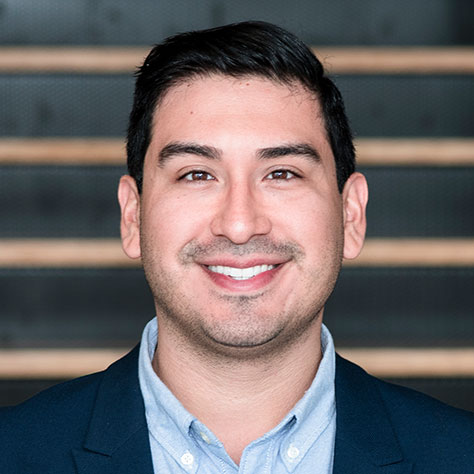 Matt Gonzalez
Matt Gonzalez
Matt identifies as Latino and is an Arcora associate program officer.
In my role, I am fortunate enough to partner with community-based organizations. Pacific Islander Health Board, Latino Educational Training Institute, and Asia Pacific Cultural Center are a few organizations I have worked with in the last year.
I take the time needed to make strong, trust-based connections within communities, which allow me to share the importance of good oral health and collaborate in ways that include everyone’s voice. Then I share with my Arcora colleagues the many ways health care inequality affects people across the state of Washington. With their expertise, we strategize ways to address these issues at a systemic level to improve health outcomes for all.
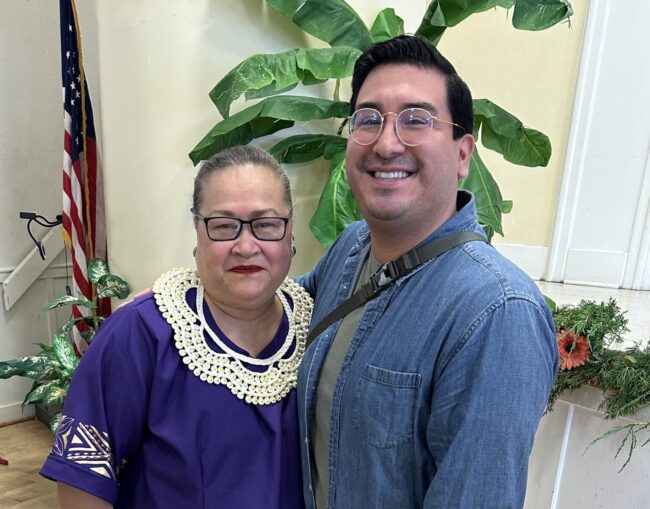
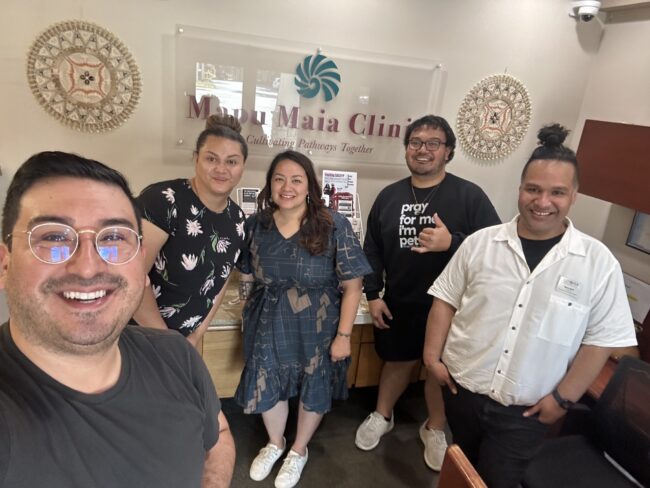
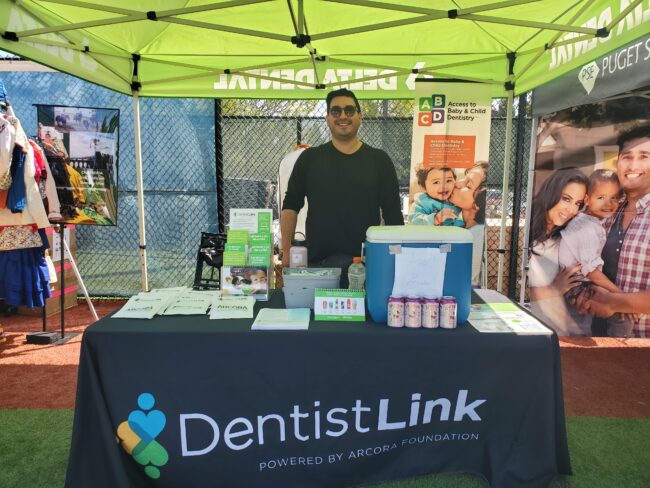
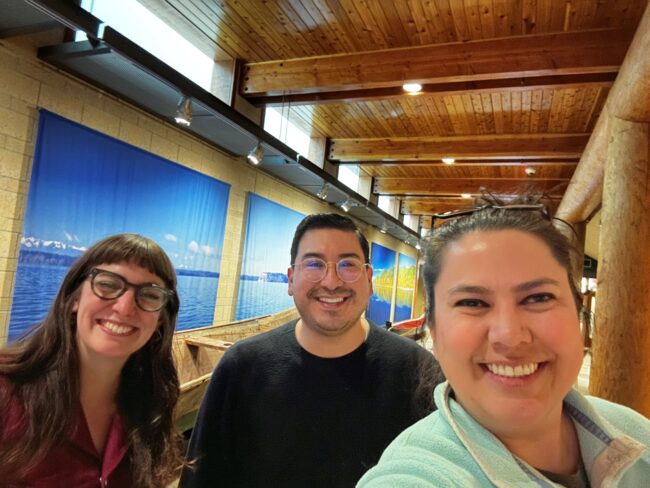
This work means so much to me because it allows me to be who I am, use my strengths in interpersonal relationship building, and support organizations serving the people with the most need. It allows me to uplift people from my community—Latino, LGBTQ, first generation college student—and other communities facing the same barriers to good oral health. Not often am I in a room with people who look like me. Whenever I can be a familiar, relatable, and welcoming face to those in a position to make change, it makes me feel like I am right where I am supposed to be.
I smile when I see a spark in someone’s eyes that something I have shared resonates with them. It lets me know I have made a difference, although small, and a step in the right direction.
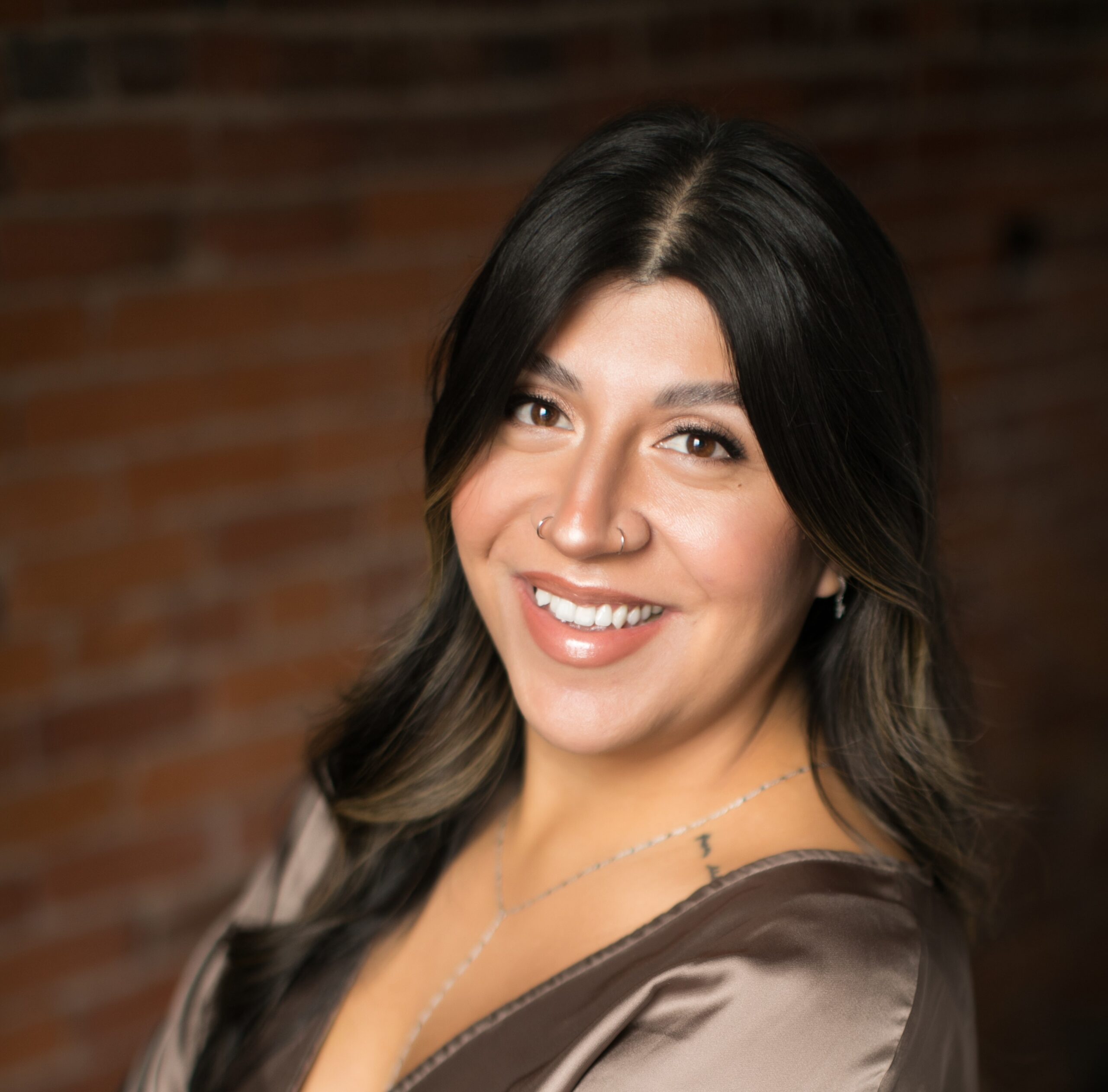 Melissa Martinez
Melissa Martinez
Melissa identifies as Latina and is an outreach specialist at Arcora.
I have the privilege of collaborating with dental providers, community partners, and patients to spread the word about Arcora’s programs.
But what I do isn’t just about dental health. It’s also about championing equity! My mission is crystal clear: I’m dedicated to ensuring that every Washingtonian enjoys equitable access to health care. This commitment runs deep as I vividly recall my own parents’ struggles to access care while growing up.
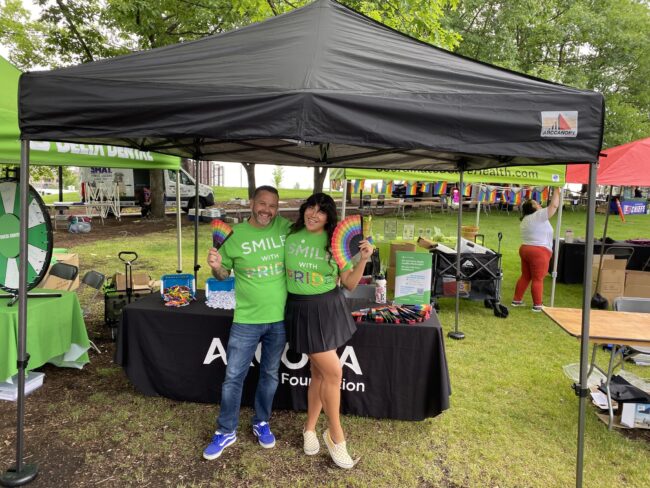
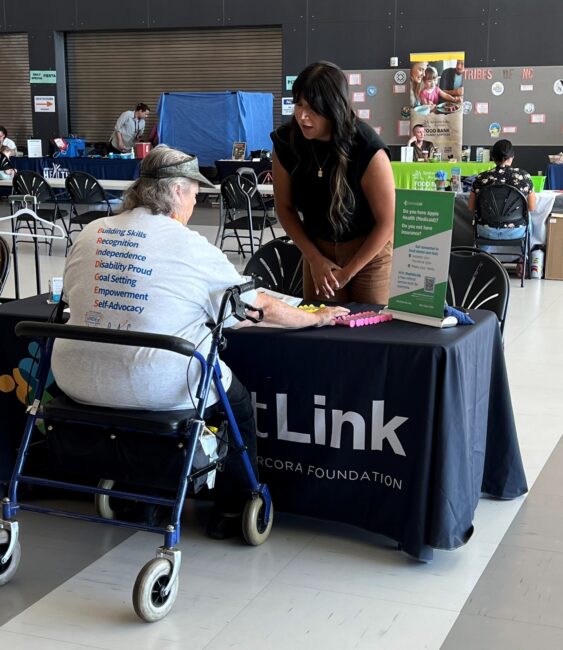

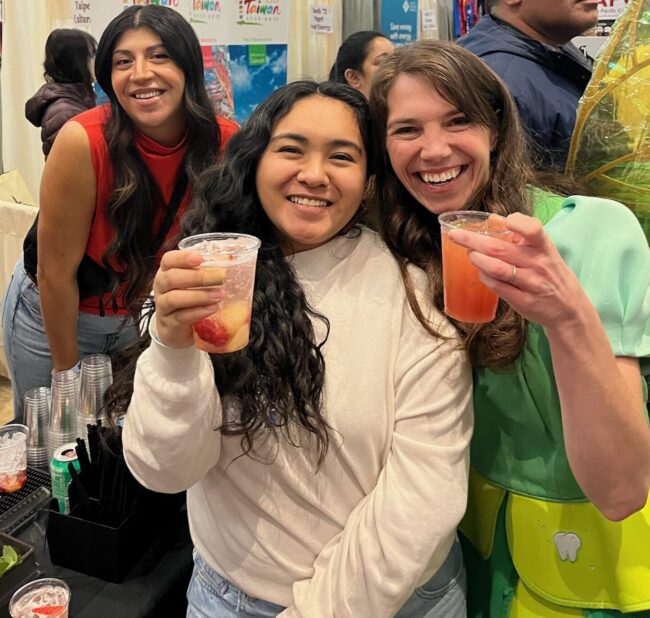
If you were to look back through my family photo albums, you would likely notice that my dad never smiled in photos, often opting to make a funny face—like sticking out his tongue—rather than show his discolored and decaying teeth. I was a preteen when I witnessed my father undergo the emotional experience of having all his teeth removed and replaced by full dentures before he was 50. On the day of his appointment, I anticipated that he would return with newfound confidence that would make him want to smile in photos. Instead, he sat at our dining table and cried. He regretted not placing a greater emphasis on seeking care and allowing himself to be discouraged so easily when he felt he couldn’t afford to see a dentist and struggled to find a dental office that would accommodate his lack of insurance. He felt he was entirely at fault.
What I came to understand years later was how, as parents, their priority was me, their daughter. Their first sacrifice was their own needs. Both my mother and father worked diligently to make ends meet, and any time away from work without pay required careful budgeting. This meant that, after ensuring I received the attention I needed, the additional time and money required to search for the resources necessary for their own care were scarcely available.
This profound personal experience especially fuels my passion for Apple Health—our state Medicaid program—and understanding of the hurdles providers face when serving Apple Health patients. My goal? To leverage this insight to reshape the standard of care to make health care accessible to everyone and provide accurate resources that make it easier to find the right care.
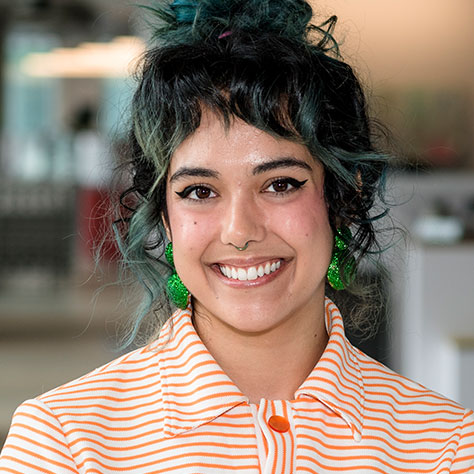 Konstanza Von Sternberg
Konstanza Von Sternberg
Konstanza identifies as Latina and is an Arcora DentistLink referral specialist.
I was born in Ecuador and raised by a Hispanic/Latinx mother and an American father. My experience with health care was far easier than the classmates and friends I grew up with.
Growing up in a low-income household with two working parents, I spent a lot of time in after-school programs or at a friend’s home. I lived in Alexandria, Virginia in 4th and 5th grades and my best friend was Carolina, who is El Salvadoran. After performing our carefully crafted dance routines, we rushed back into her apartment for snacks and beverages of the sugary kind. Remember those little barrel-shaped sugar bombs with the foil lids? That kind. I’m talking dollar-store popsicles, Kool-Aid mix, those big bags of store brand cereal, and even Carolina’s leftover Halloween candy from 2 years ago if we were really desperate. With no adults around, it was too easy to run straight down to cavity town.
I understand all of this as an adult. I also understand this as a child of a first-generation immigrant—and friend of many first-generation immigrants. There are certain sacrifices you make in the pursuit of a better life. This includes hustling day and night to make sure those that come after you don’t have to. Or sacrificing how much time you spend at home during the week so that you can afford to fill the piñata on birthdays. And even letting go of certain health needs so you can still afford to keep the water running and the stove hot. Luckily, my mom arrived early enough each night to force me to brush my teeth. So many of us grew up with the privilege of having our parents around to do these things. And as much as I would have felt lucky to be in Carolina’s position when I was that age, I’m lucky I didn’t get the option.
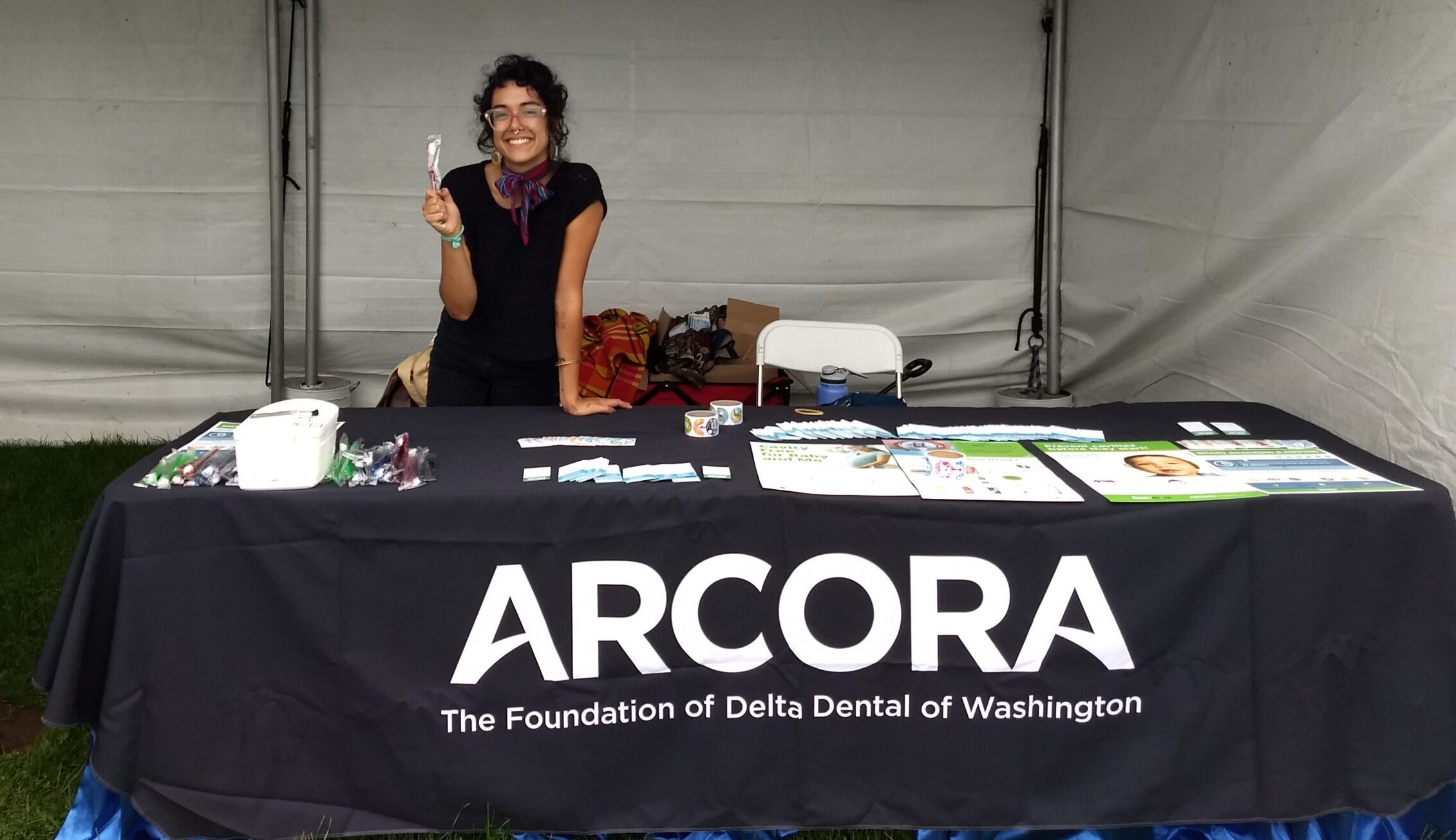 Fiestas Patrias 2020.
Fiestas Patrias 2020.
This is why I do what I do, and why it means so much to me. I had the privilege of regular dental care growing up. Now, I get to use that privilege to make a difference in my own community. The community that nourished my stomach and my soul when I needed it the most. I want to be part of the reason things get easier on us. Even if it is in a small way.
We can’t do this work without you. Advancing oral health requires public and private partnerships, policy advocacy, and funding. Join us in our mission to bend the arc of oral health toward equity. Learn more and contact us at info@arcorafoundation.org.




